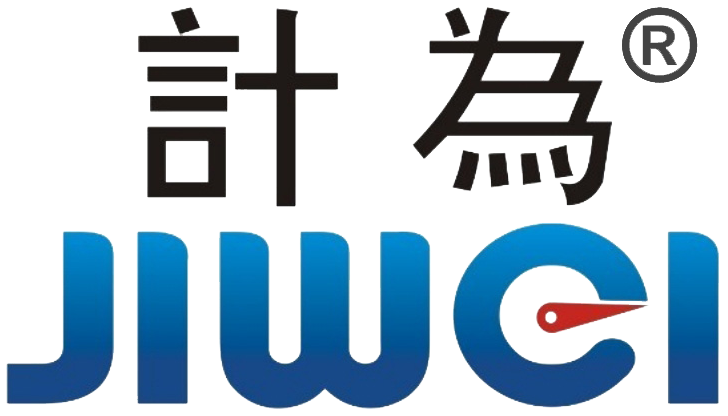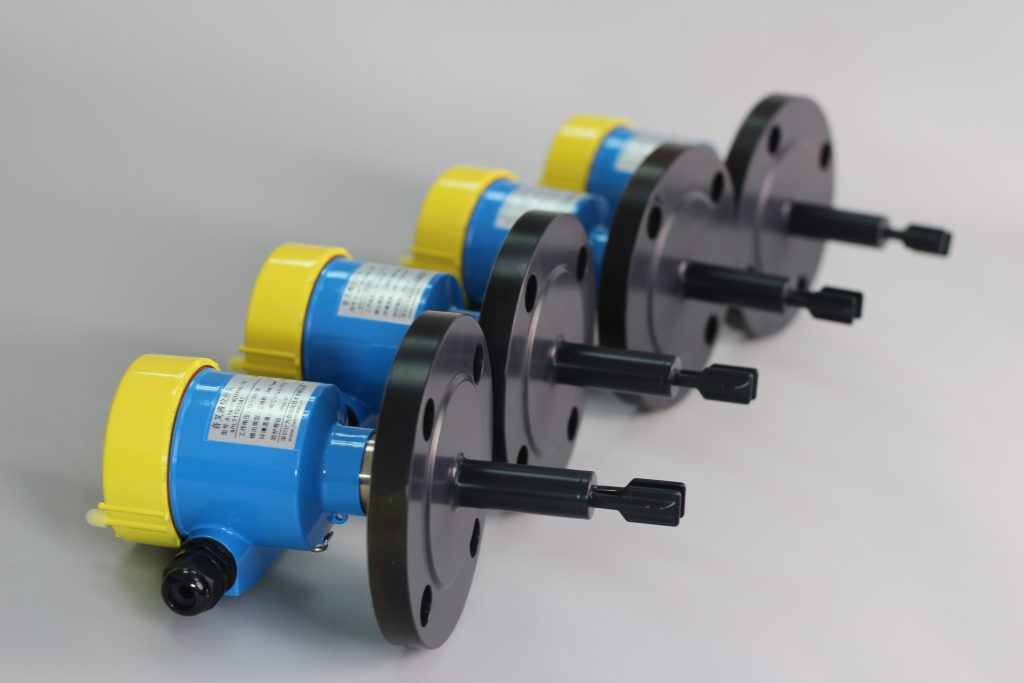Liquid Level Switches: Specialized Applications and Technical Analysis of Limit Switches
Introduction
Liquid level switches are essential components in automated control systems, primarily responsible for monitoring changes in liquid levels within containers and sending signals to control equipment when preset levels are reached. Whether liquid level switches fall under the category of limit switches has been a topic of discussion in the industrial automation field. This article aims to explore the working principles, classifications, applications of liquid level switches, and their relationship with limit switches, providing readers with a comprehensive understanding.
Working Principles of Liquid Level Switches
The fundamental function of a liquid level switch is to detect changes in liquid levels and activate or deactivate the switch through various technological means. Liquid level switches typically operate on the following principles:
- Float Type: Utilizes a float that moves up and down with changes in liquid level, triggering the switch at a certain height. This type of liquid level switch has a simple structure and is widely used in water tanks and oil tanks.
- Conductive Type: Operates on the principle of electrical conductivity; when the liquid level contacts the electrodes, a closed circuit is formed, activating the switch. This method is suitable for conductive liquids, such as aqueous solutions.
- Tuning Fork Type: Employs the principle of a vibrating tuning fork; when liquid contacts the fork, it alters the vibration frequency, thereby triggering the switch. Tuning fork liquid level switches are highly adaptable to variations in liquid viscosity and density, making them suitable for various liquid media.
- Capacitive Type: Detects the influence of liquid on an electric field to determine the liquid level, allowing for non-contact level detection. This method does not require direct contact with the liquid, making it ideal for corrosive liquids.
Classifications of Liquid Level Switches
Liquid level switches can be classified based on their detection principles and application scenarios:
- Mechanical Liquid Level Switches: Includes float type and lever type, relying on mechanical movement to activate or deactivate the switch.
- Electronic Liquid Level Switches: Such as conductive, capacitive, and tuning fork types, utilize electronic signals for detection, offering higher sensitivity and accuracy.
- Non-Contact Liquid Level Switches: Examples include ultrasonic and laser liquid level sensors, which conduct level detection without direct contact, suitable for environments where contact with the liquid is undesirable.
Relationship Between Liquid Level Switches and Limit Switches
Broadly speaking, liquid level switches are a type of limit switch, as their function is to output control signals by detecting the height of liquids. Limit switches are generally used for position detection of objects, while liquid level switches focus specifically on monitoring liquid heights.
- Commonality: Both liquid level switches and traditional limit switches are utilized for position detection. They can both trigger switches through changes in physical position, thereby controlling electrical circuits or mechanical actions.
- Differences: Liquid level switches are specifically designed for detecting liquid media, involving more specialized technologies and application environments, whereas limit switches have a broader range of applications, including the detection of solid and liquid movements.
Applications
Liquid level switches play a critical role across various industries. Key application areas include:
Water Treatment Industry: In water treatment processes, liquid level switches monitor the water tank levels to ensure they remain within safe limits, preventing pump dry running or overflow.
Chemical Industry: Liquid level switches are widely used in the storage and transport of chemicals, monitoring the levels of hazardous liquids to prevent leaks and spills.
Food and Beverage Industry: In food production, liquid level switches control the addition and storage of liquid raw materials, ensuring continuity and stability in the production process.
Oil and Gas Industry: Liquid level switches are used to monitor the levels in oil tanks and natural gas storage tanks, ensuring safety and environmental compliance in production environments.
HVAC Systems: In heating, ventilation, and air conditioning systems, liquid level switches monitor the levels of cooling and condensate water, ensuring the normal operation of the system.
Conclusion
As a specific application of limit switches, liquid level switches play an indispensable role in modern industrial automation, owing to their unique designs and diverse detection principles. With ongoing technological advancements, liquid level switches will continue to evolve in liquid monitoring, control, and safety protection, contributing to the realization of Industry 4.0. Understanding the working principles, applications, and relationships between liquid level switches and limit switches is crucial for enhancing the efficiency and safety of industrial automation.
References
- IEC. (2016). IEC 60947-5-1: Low-voltage switchgear and controlgear – Part 5-1: Control circuit devices and switching elements – Electromechanical control circuit devices. International Electrotechnical Commission.
- ATEX Directive 2014/34/EU. (2014). Directive on the approximation of the laws of the Member States concerning equipment and protective systems intended for use in potentially explosive atmospheres. European Union.





